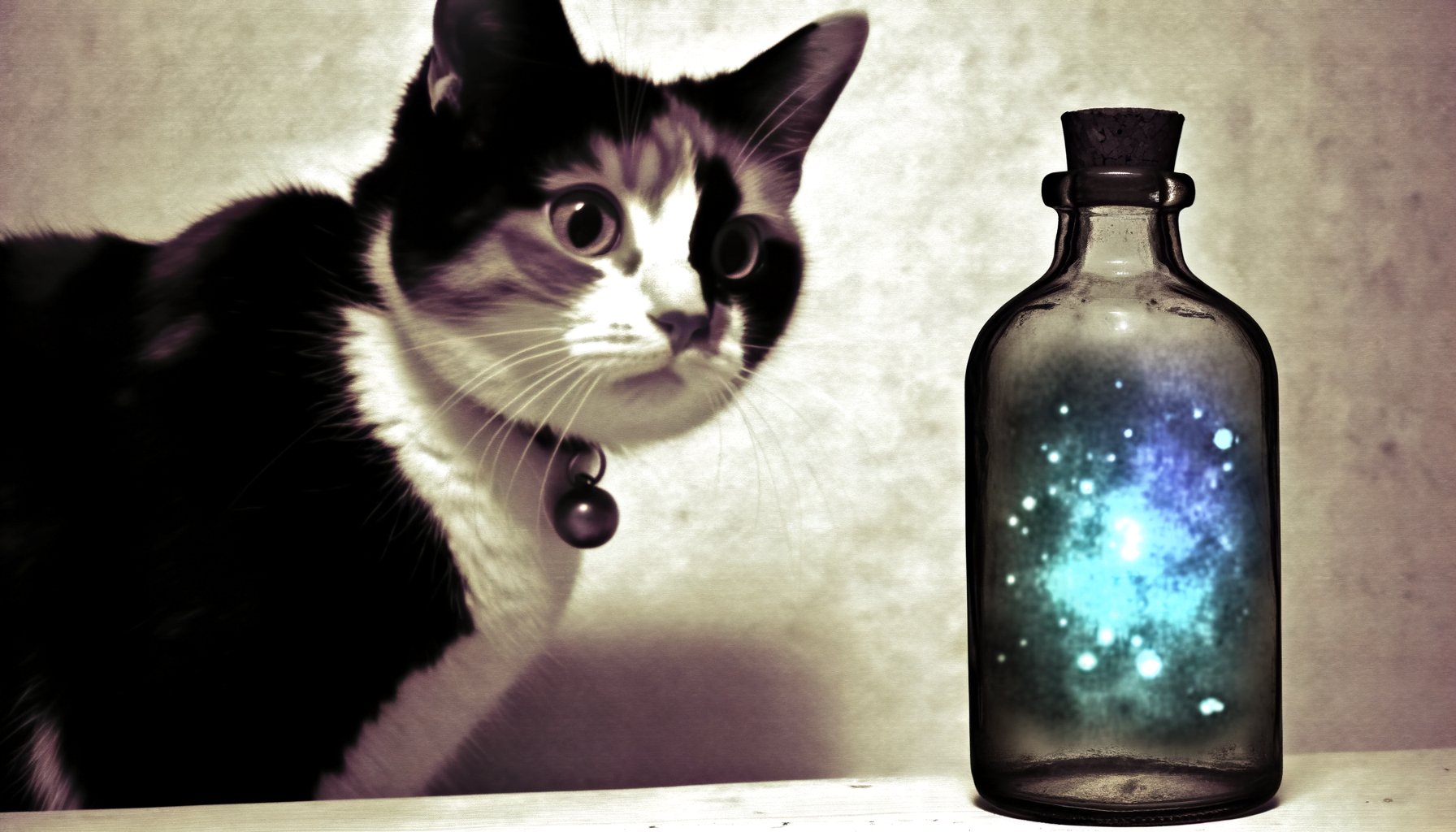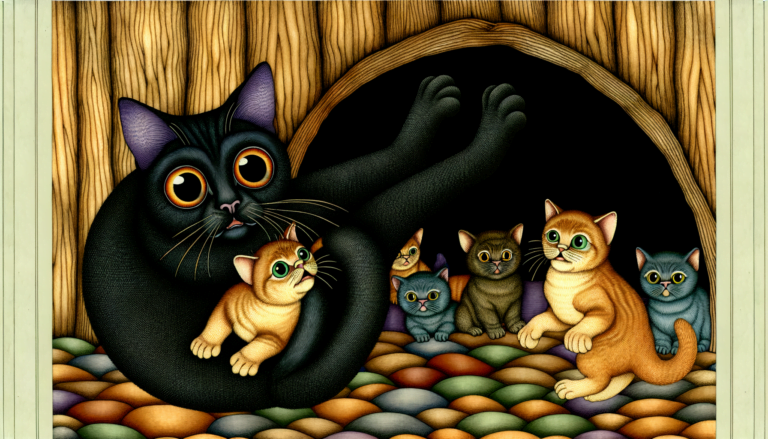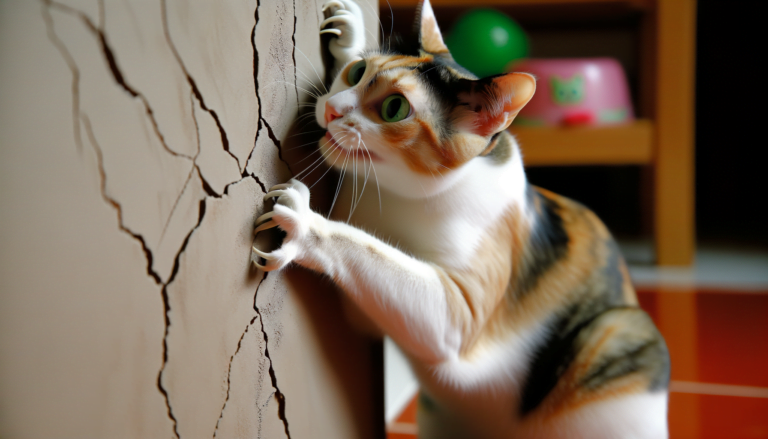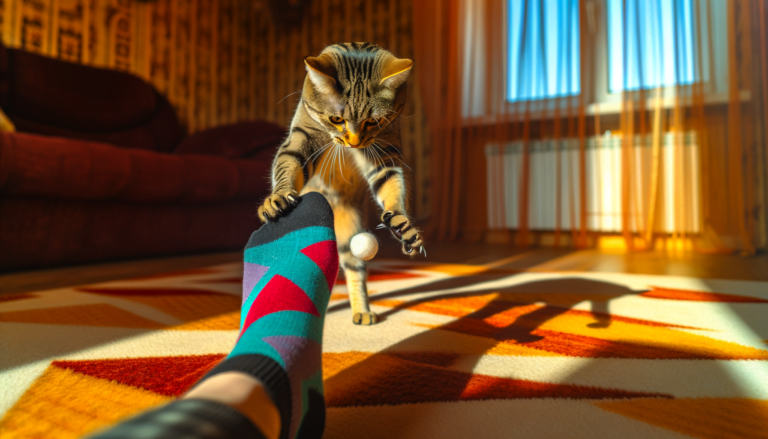Decoding Feline Fascination: Why Cats are Drawn to Bleach
Cats are attracted to bleach because it contains chlorine, a compound that bears an uncanny resemblance to the pheromones that cats use to mark their territory. This is why cats may react to bleach as if it was catnip, often rolling, purring, and rubbing around areas cleaned with bleach. Just as the scent of another cat will pique a cat’s interest, so does bleach. However, bleach is a potent and harmful chemical, and even though cats are attracted to its smell, it’s crucial to ensure that they don’t come into direct contact with bleach or ingest it, as it could cause severe health problems.
Cats and Their Unique Senses Explore
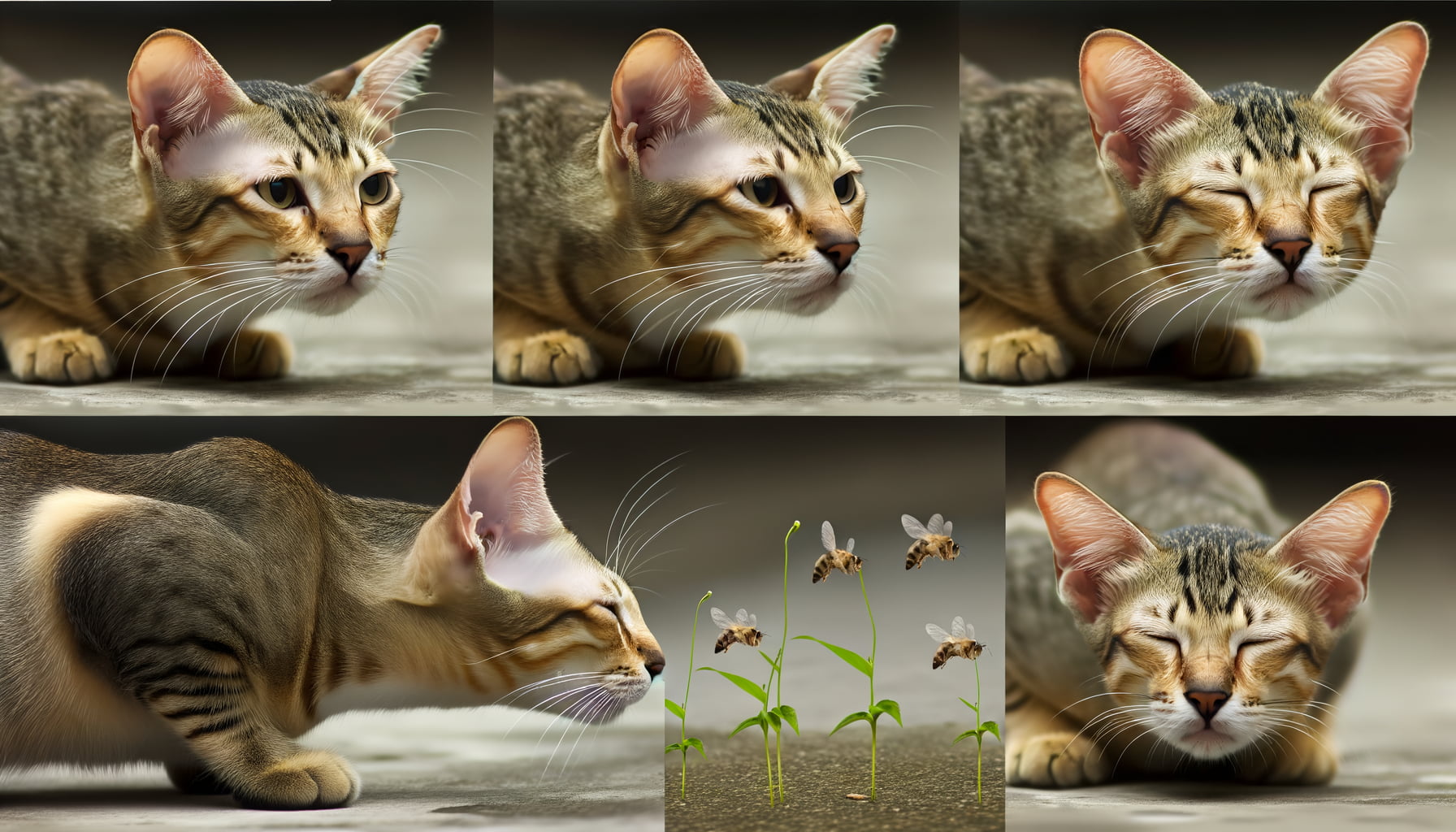
Cats possess a unique olfactory prowess that can lead to peculiar tendencies, like being drawn to bleach. To understand this fascination, we must delve into certain chemicals found in bleach that provoke cats’ curiosity.
For many cats, bleach releases a scent similar to pheromones produced by felines themselves. One such molecule is chlorine, predominantly present in bleach. Acting as an olfactory stimulant, chlorine may mimic some odors that cats find inherently intriguing. Due to their keen sense of smell, cats detect these nuances, stimulating their curiosity.
Moreover, cats’ attraction to bleach could be linked to its volatility, as cats are often drawn to volatile substances, including certain chemicals found in bleach. However, this allure can be a double-edged sword as it sets the stage for potential health hazards, which will be further discussed in the upcoming sections of this article.
Understanding Feline Pheromones
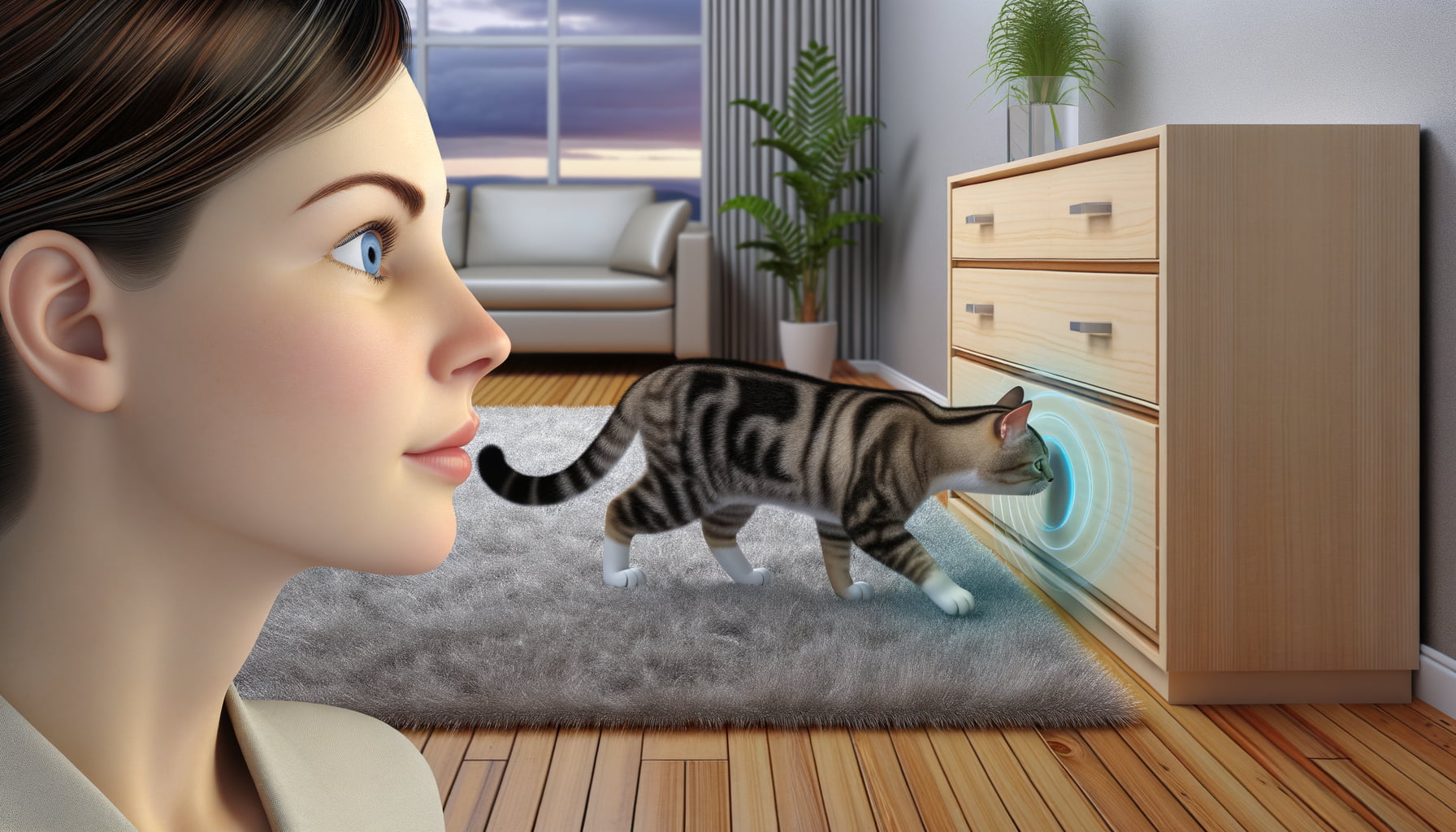
One fascinating factor in our quest to comprehend cats’ attraction to bleach pertains to the intriguing world of feline pheromones. These unique chemical signals are used by cats to communicate with each other and interact with their environment. Certain pheromones are known to possess a tranquilizing effect on felines, fostering feelings of safety and comfort.
Intriguingly, the chemical composition in some types of bleach can mimic aspects of these comforting feline pheromones. As such, cats are drawn to the scent of bleach because it bears an uncanny resemblance to the specific feline pheromones that make them feel safe and secure. This plausible theory could explain why your feline friend is so inexplicably attracted to this common household cleaner.
However, it’s essential to note that while the scent may be appealing to cats, direct contact or inhalation poses serious health risks. Despite the pheromone-like similarities, bleach is not a safe substance for cats. It’s crucial to handle and store bleach properly, ensuring that our feline friends cannot access it.
Keeping Your Cats Safe

In maintaining the safety of your cats, understanding their attraction to bleach can guide viable alternatives for household cleaning. Cats with their heightened sensory perception are particularly fascinated with bleach, an everyday chemical. Knowing this preference can prompt us to adopt safer options that are less appealing to feline curiosity yet sustain cleanliness.
The market offers multiple cat-friendly cleaners that serve as excellent substitutes for bleach. Eco-friendly products containing plant-derived ingredients not only eliminate the risk of harmful exposure to cats but are also better for the environment. Diluted vinegar solutions or baking soda mixtures also possess effective disinfecting properties. They are easy to prepare and apply and pose minimal risk to your beloved feline.
In summary, cat owners must be mindful of this peculiar attraction, and swap out bleach for safer alternatives. Not only is this better for the pets, it promotes a healthier living environment. This approach not only keeps our homes clean but also spares our feline friends from potential health risk due to their innate inquisitiveness.
The Potential Risks

Feline fascination with bleach exists, but could introduce notable dangers. Notably, if a cat ingests bleach, it can lead to stomach pain, drooling, vomiting, and even chemical burns. It can be a dangerous substance even when diluted, due to volatile compounds that can harm the sensitive lining of a cat’s throat and stomach. Subsequently, it’s important to keep bleach well out of a cat’s reach.
In addition to ingestion, inhalation poses threats as well. Unfortunately, inhaling concentrated bleach fumes can damage a cat’s respiratory system. The physical symptoms include respiratory distress, coughing, sneezing, and in more severe cases, can lead to respiratory failure. This is due to the fact that cats’ respiratory systems are much more delicate and susceptible to damage from chemical fumes compared to humans.
One primary concern is that cats do not always show immediate signs of distress. A cat could be exposed to harmful quantities of bleach without showcasing any immediate symptoms. This makes it incredibly important to remain proactive in keeping bleach and other hazardous cleaning chemicals securely stored where a curious cat cannot access them, thus helping us ensure their wellbeing.
Conclusion
As we delve into the mysterious world of feline behavior, the attraction of cats to bleach remains a perplexing yet fascinating phenomenon. Despite our best efforts to decode this peculiar interest, it seems that some mysteries of the feline mind may forever remain unsolved.
Nevertheless, the enigmatic allure of bleach for cats serves as a reminder of the endless wonders and complexities that exist within the animal kingdom. It is a testament to the unique and intriguing nature of our feline companions, leaving us with a sense of admiration and curiosity for these captivating creatures.
